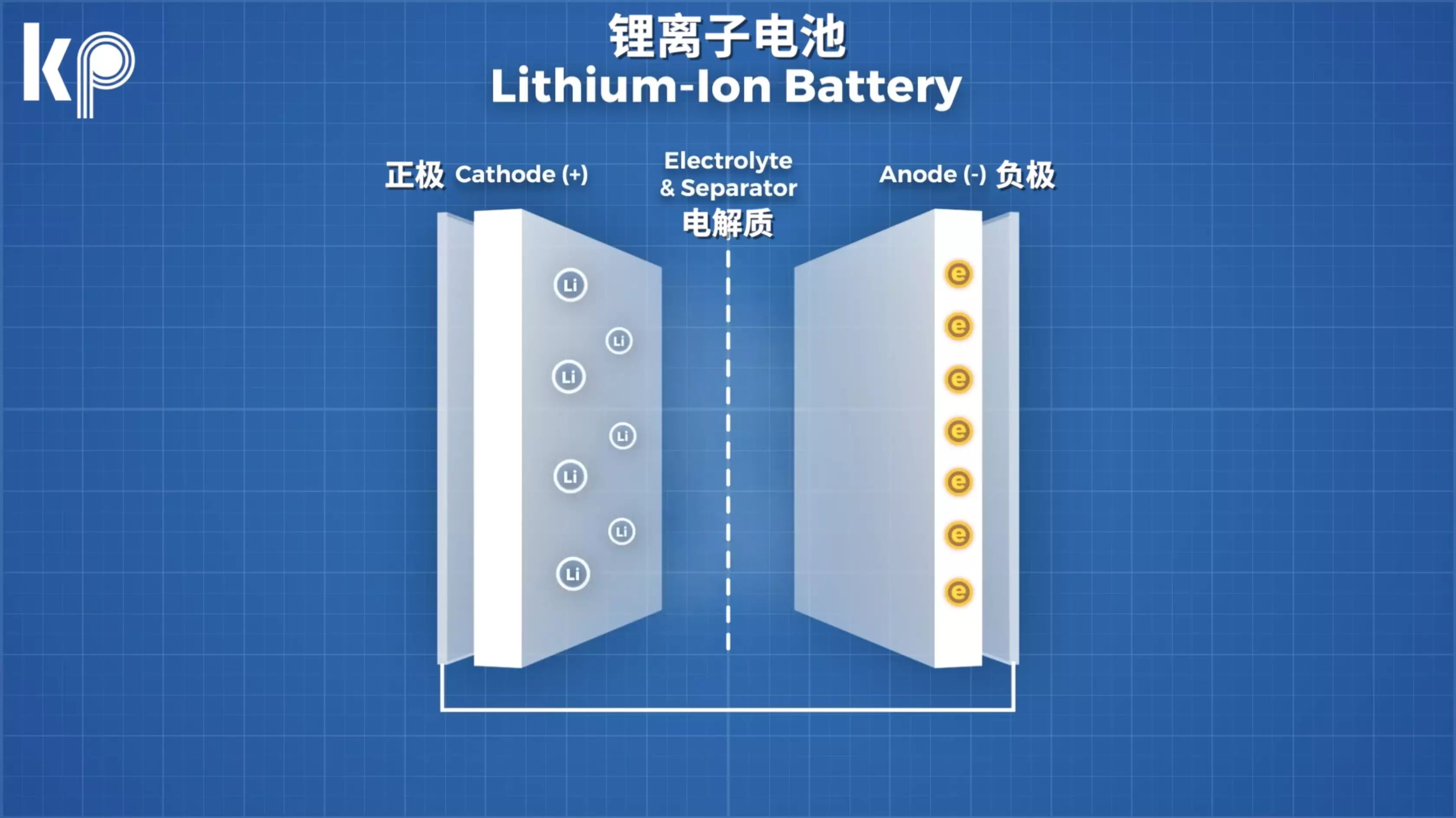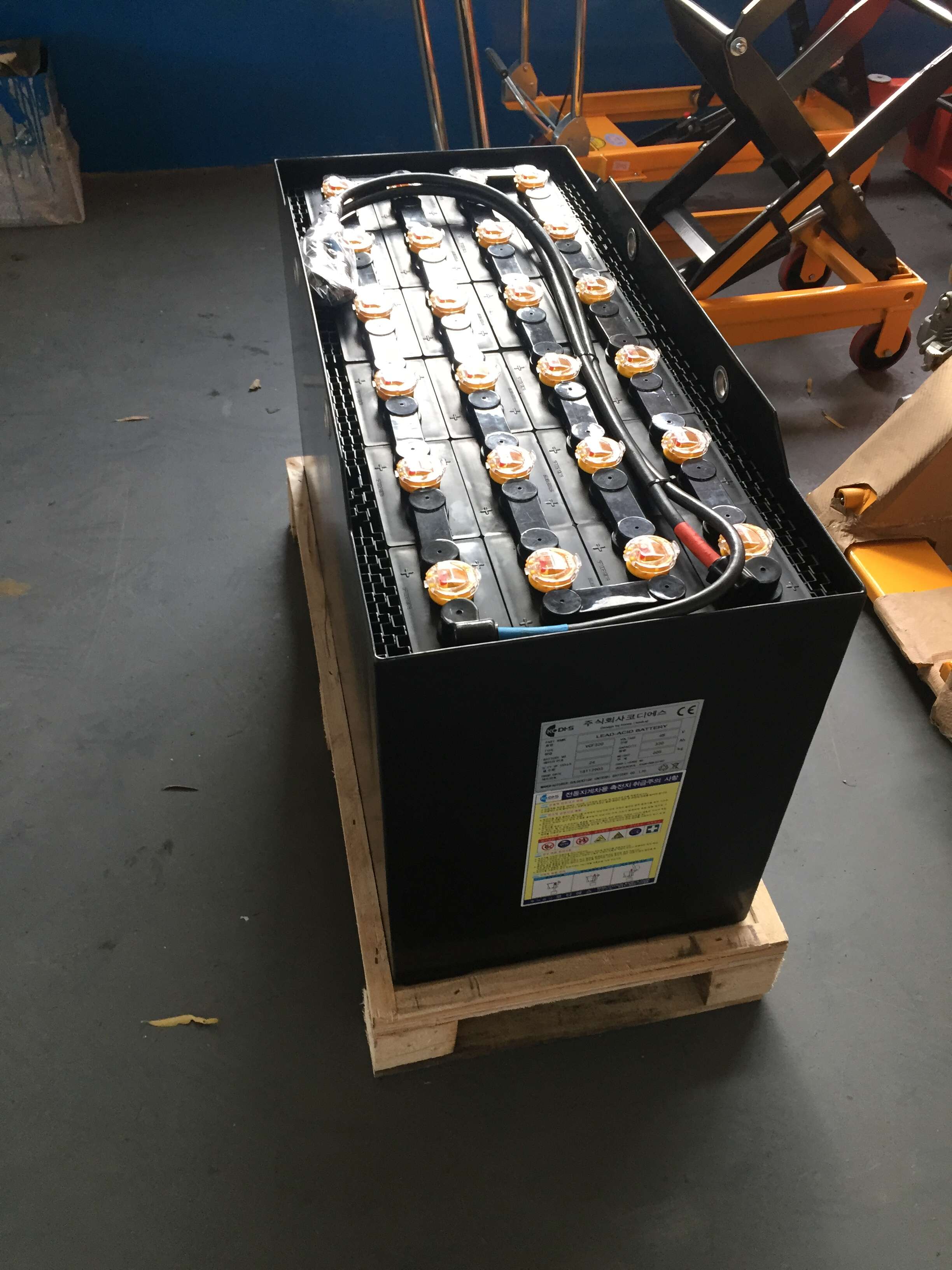From an environmental perspective, lithium-ion batteries are also superior to their lead-acid counterparts. According to recent research, lithium-ion batteries have a significantly lower environmental impact compared to lead-acid batteries. This is due to the fact that lithium-ion batteries are more energy-efficient and have a longer lifespan, resulting in reduced waste and resource consumption.

The production and disposal of lead-acid batteries can have detrimental effects on the environment. Lead is a toxic metal, and improper disposal of lead-acid batteries can lead to soil and water contamination. In contrast, lithium-ion batteries are considered to be more environmentally friendly as they do not contain toxic heavy metals and can be recycled more efficiently.
Furthermore, the energy density of lithium-ion batteries is much higher than that of lead-acid batteries, meaning they can store more energy in a smaller and lighter package. This makes them ideal for use in electric vehicles and renewable energy systems, contributing to the reduction of greenhouse gas emissions and reliance on fossil fuels.

In addition, the longer lifespan of lithium-ion batteries means that fewer batteries need to be manufactured and disposed of, further reducing their environmental impact. This is particularly important as the demand for energy storage solutions continues to grow with the increasing adoption of electric vehicles and renewable energy sources.
The shift towards lithium-ion batteries is also supported by advancements in technology and decreasing costs, making them a more viable and sustainable option for various applications. As the world seeks to transition towards a more sustainable and low-carbon future, the environmental benefits of lithium-ion batteries make them a crucial component in achieving these goals.

Overall, the environmental advantages of lithium-ion batteries over lead-acid batteries are clear. With their lower environmental impact, higher energy density, and longer lifespan, lithium-ion batteries are playing a key role in driving the transition towards a cleaner and more sustainable energy landscape.
Post time: Mar-25-2024





